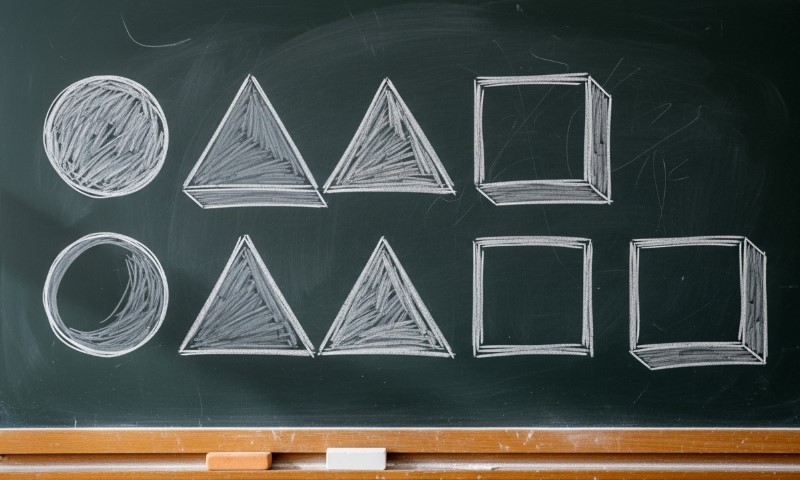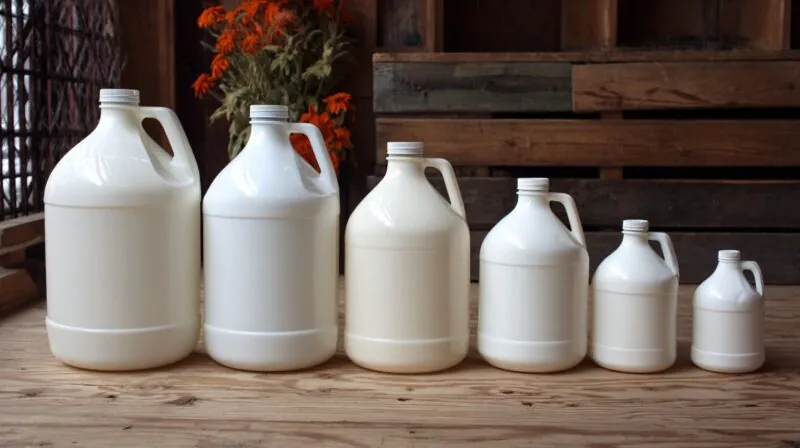
Share Post:
Whether measuring ingredients in the kitchen or working with fluids in other settings, knowing how to convert between quarts and gallons is essential. There are 4 quarts in a gallon. This fact is a cornerstone for many recipes, projects, and activities that require accurate liquid measurements.
Understanding the relationship between quarts and gallons can save time and prevent costly mistakes. Readers often wonder about the differences in liquid measurement, especially between various systems or when scaling up quantities.
Table of Contents
ToggleKey Takeaways
- The article explains the relationship between quarts and gallons.
- Readers learn how many quarts are in a gallon.
- Common questions about these measurements are addressed.
Quarts and gallons are both commonly used units for measuring liquid volume, especially in the United States and the United Kingdom. The definitions and values of these units depend on the measurement system in use, which can lead to some confusion if not specified clearly.
What Is a Gallon?
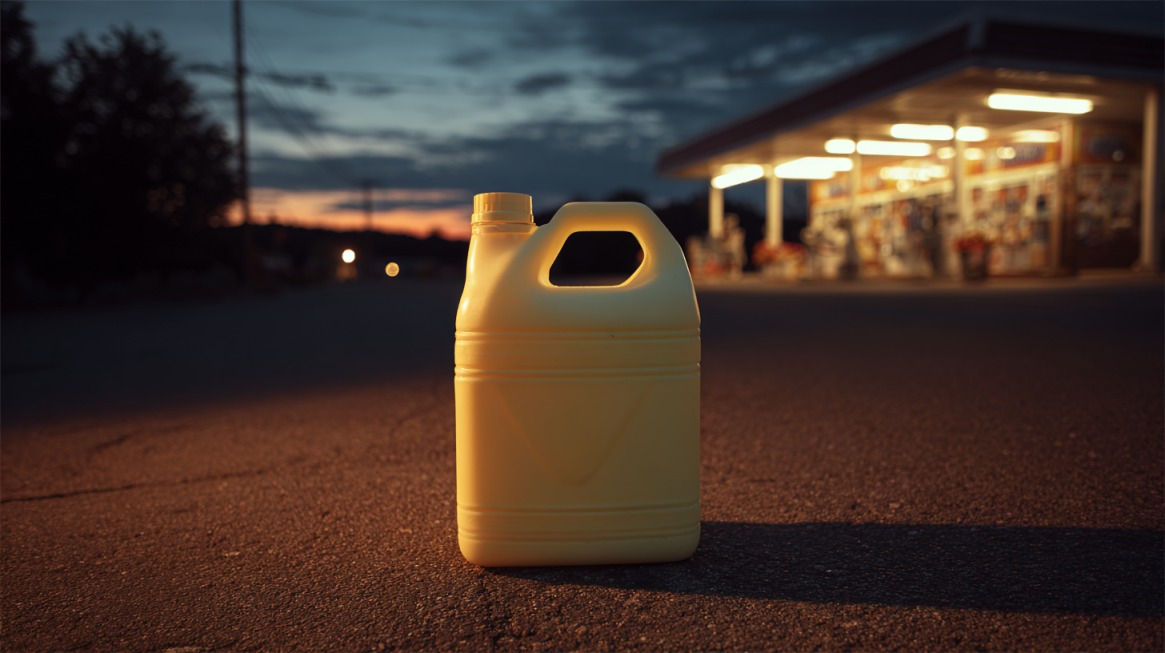
A gallon is a unit of volume primarily used to measure liquids. In the United States, the most recognized version is the US liquid gallon, which equals exactly 128 US fluid ounces or 3.785 liters.
The US dry gallon, less commonly used, is primarily for dry goods and equals 4.405 liters. The imperial gallon, used in the United Kingdom and some other countries, is larger than the US versions, measuring 4.546 liters (160 imperial fluid ounces). This distinction is crucial when converting or comparing quantities across regions.
Common Gallon Values
| Type | Volume in Liters | Fluid Ounces |
|---|---|---|
| US Liquid Gallon | 3.785 | 128 (US) |
| Imperial Gallon | 4.546 | 160 (Imperial) |
| US Dry Gallon | 4.405 | N/A |
Clarity in specifying which gallon is used is important to ensure accurate measurement, especially in recipes, trade, or scientific settings.
What Is a Quart?
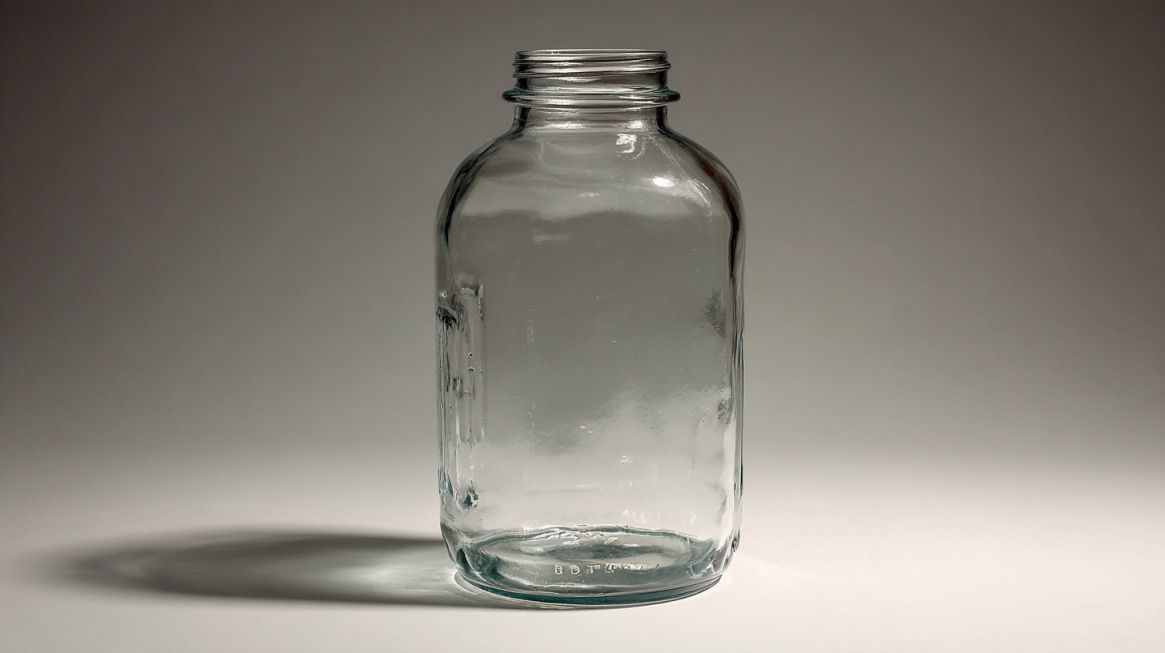
A quart is also a unit of volume and is one-fourth of a gallon. In the US customary system, the US liquid quart equals 32 US fluid ounces (about 0.946 liters).
There is also the US dry quart, which is mainly for dry ingredients and is about 1.101 liters. The imperial quart, used in the UK and some Commonwealth countries, is equal to 40 imperial fluid ounces or about 1.137 liters.
- US Liquid Quart: 32 US fluid ounces (0.946 liters)
- US Dry Quart: 1.101 liters
- Imperial Quart: 40 imperial fluid ounces (1.137 liters)
Since a quart is always one-fourth of a gallon within each system, knowing the differences between systems is critical to avoid conversion errors.
Measurement Systems: US Customary, Imperial, and Metric
Volume units like gallons and quarts originate from the US customary system and the imperial system. The US customary system is used mainly in the United States, while the imperial system is prevalent in the UK and several other countries.
The metric system uses liters as its standard unit for volume. This system is internationally recognized and widely adopted, often requiring conversion when dealing with US gallons, imperial gallons, or any type of quart.
Comparison Table: Key Volume Units
| System | Gallon Size | Quart Size | Standard Unit |
|---|---|---|---|
| US Customary | 3.785 L | 0.946 L | Liter |
| Imperial | 4.546 L | 1.137 L | Liter |
| Metric | N/A | N/A | Liter |
As more countries shift toward metrication, liters have become the preferred unit on product packaging, though quarts and gallons remain common in select regions and industries. Accurate conversions help prevent confusion, especially for global commerce and scientific research.
How Many Quarts Are in a Gallon?
A gallon contains multiple quarts, but the exact number depends on the measurement system. The difference between US and imperial systems can lead to confusion, so it is important to understand the conversion factors and related units.
Conversion Factors Explained
The conversion factor is the key to understanding how to switch between gallons and quarts. In both the US customary system and the imperial system, the main concept is that one gallon is divided into four quarts.
These conversion factors are useful for both practical kitchen measurements and scientific applications. For example, to convert gallons to quarts, multiply the number of gallons by 4. To convert quarts to gallons, divide the number of quarts by 4.
- Gallons to quarts: quarts = gallons × 4
- Quarts to gallons: gallons = quarts ÷ 4
Using a simple conversion table helps visualize this relationship:
| Gallons | Quarts |
|---|---|
| 1 | 4 |
| 2 | 8 |
| 3 | 12 |
| 4 | 16 |
Clear understanding of this factor makes converting measurements more accurate, whether using kitchen tools or scientific instruments.
US Gallon to Quart Conversion
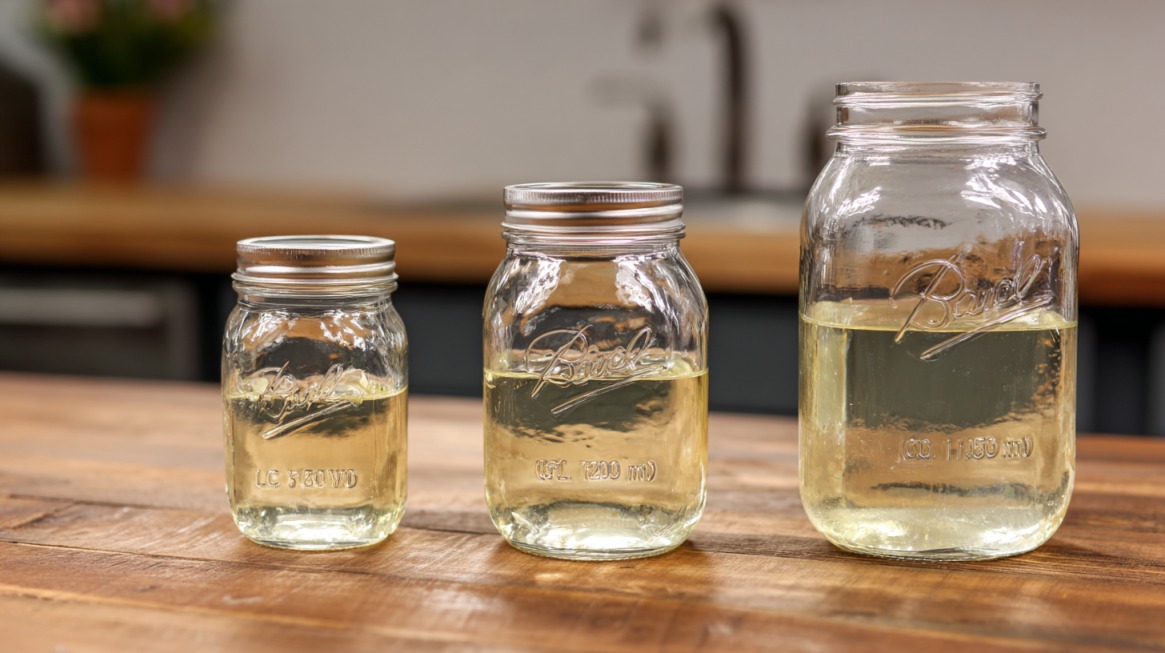
The US gallon is defined as 231 cubic inches, which is about 3.785 liters. For most uses in the United States, one US gallon equals exactly 4 US quarts. Each US quart is equal to 2 US pints, or 32 US fluid ounces.
- 1 US gallon = 4 US quarts
- 1 US quart = 0.25 US gallon
When converting gallons to quarts, multiply by 4:
- 2 gallons × 4 = 8 quarts
For everyday tasks, such as recipe measurements or filling a container, knowing that four quarts are in a gallon provides clarity and precision. Many US measuring cups and kitchen tools reflect this structure.
Imperial Gallon to Imperial Quart Conversion
The imperial gallon is used mainly in the United Kingdom and some other countries. It is defined as 4.54609 liters, which is larger than the US gallon. Like the US system, the imperial gallon is split into four imperial quarts.
- 1 imperial gallon = 4 imperial quarts
- 1 imperial quart = 1.136 liters
- 1 imperial gallon = 8 imperial pints
The measurements differ from the US system in volume. One imperial quart is larger than a US quart, so it is important to specify the system when converting or following recipes and technical documents. Both the US and imperial systems divide a gallon into four quarts, but the volumes are not interchangeable.
Related Volume Units and Conversions
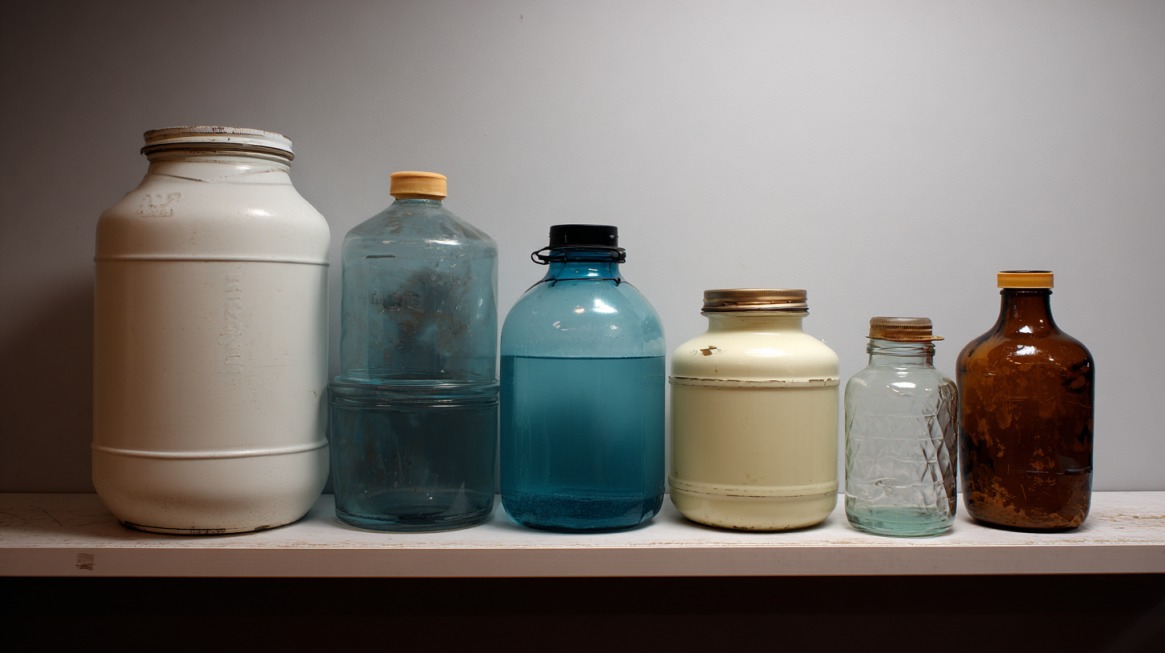
Beyond gallons and quarts, several related units are important for understanding volume and making accurate conversions. In both systems, each quart is divided into pints (2 per quart), and each pint is divided into cups (2 per pint).
- 1 quart = 2 pints = 4 cups = 32 fluid ounces
- 1 cup = 8 fluid ounces
Imperial volume conversions:
- 1 imperial quart = 2 imperial pints
- 1 imperial pint = 20 imperial fluid ounces
For metric conversions:
- 1 US quart ≈ 0.946 liters (946 milliliters)
- 1 imperial quart = 1.136 liters (1,136 milliliters)
Various conversion tables and gallons to quarts converters can help when moving between US, imperial, and metric units, making accurate measurement possible in cooking, science, and industry.
Frequently Asked Questions
Conclusion
Knowing how quarts and gallons relate is a useful skill for cooking, science, and everyday tasks. It also opens the door to fun and creative learning. Kids can explore volume by using measuring cups, comparing containers, or turning conversions into simple math games. These hands-on activities make abstract numbers come to life and turn measurement into play.
Related Posts:
- Arithmetic vs. Geometric Sequences - Key Differences…
- Whole Numbers Explained - Definition, Uses, and Key…
- Number Sentences Explained - Everything You Need to Know
- 47 Types of Board Games Explained Simply
- What Is Infinity in Math? (Explained for Kids)
- Calculus Explained Simply: What It Is and Why It Matters











